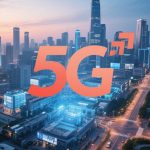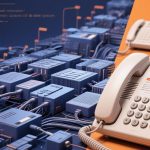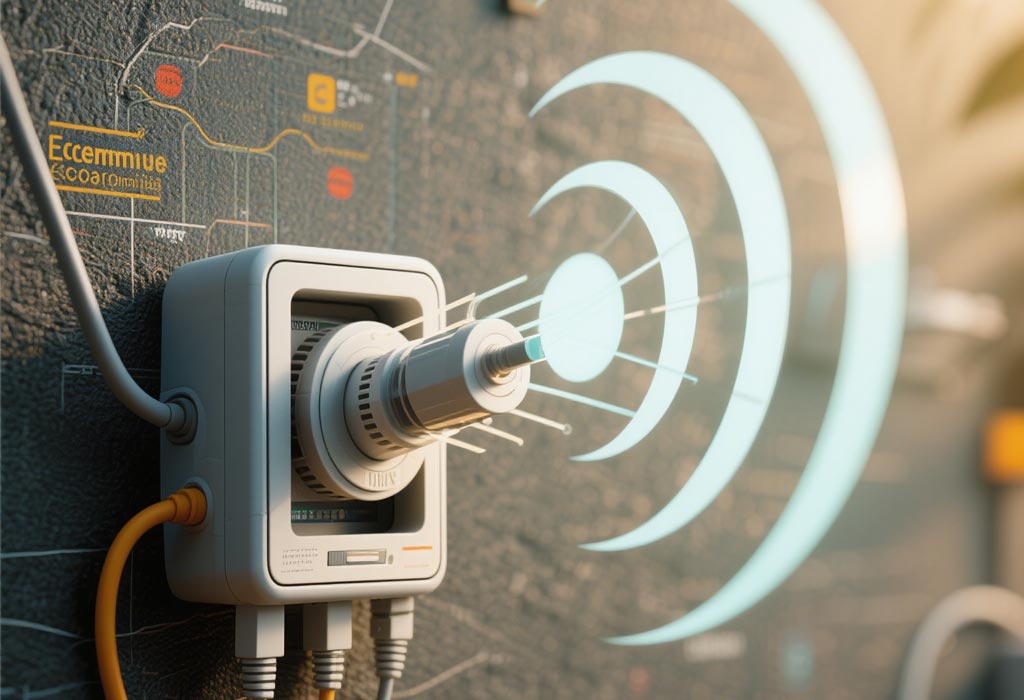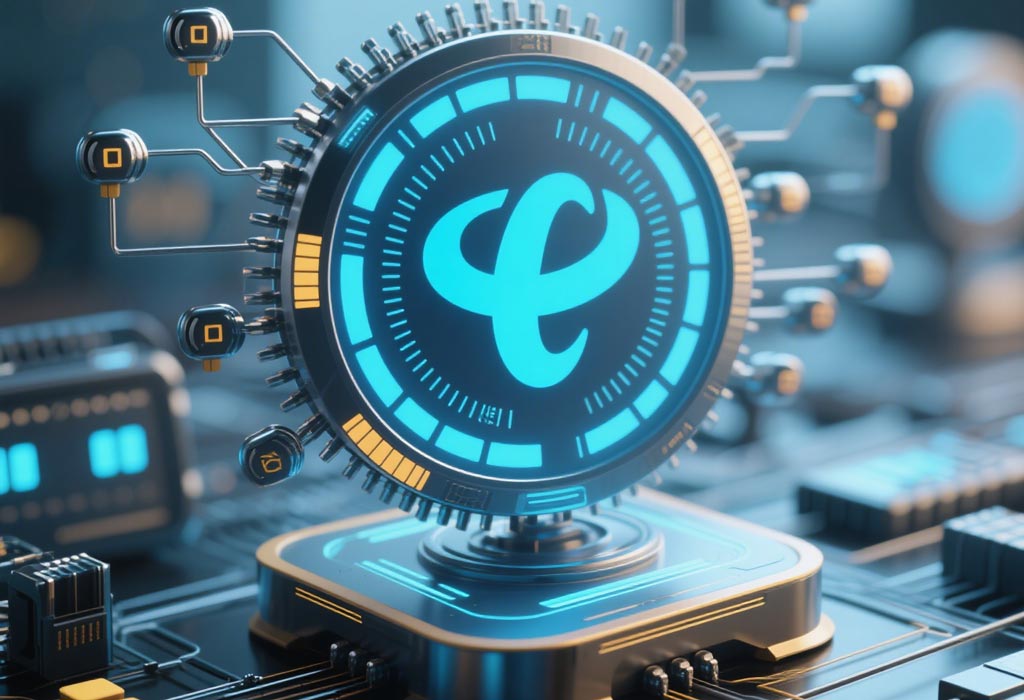Introduction
The fifth-generation wireless standard (5G) is far more than a speed upgrade for smartphones. With its ultra-low latency, massive device connectivity, and network slicing capabilities, 5G serves as the foundational technology for smart cities and Industry 4.0. This article explores how 5G architectures are reshaping urban infrastructure, industrial automation, and logistics while addressing challenges like energy consumption and cybersecurity.
1. 5G Architecture: Core Network Upgrades
Virtualized Radio Access Networks (vRAN)
Traditional cellular networks rely on proprietary hardware at cell sites, making upgrades costly and slow. 5G introduces vRAN, which decouples hardware and software:
- Centralized Units (CU): Handle non-real-time tasks like data routing via cloud servers.
- Distributed Units (DU): Manage time-sensitive operations (e.g., signal processing) at edge data centers.
- Radio Units (RU): Remain at cell sites to transmit/receive signals.
This modular approach reduces operational costs by 30% and enables rapid deployment of new features like network slicing.
Edge Computing: Reducing Latency to Milliseconds
5G’s Ultra-Reliable Low Latency Communication (URLLC) requires data processing closer to users. Edge computing embeds micro-data centers within the network, achieving latencies below 10 ms. Examples include:
- Factory Robots: Real-time coordination of assembly lines.
- Autonomous Vehicles: Instantaneous collision-avoidance decisions.
The 5G Core: A Service-Based Architecture (SBA)
Unlike 4G’s rigid core, 5G’s SBA uses cloud-native principles:
- Network Functions Virtualization (NFV): Software replaces dedicated hardware for functions like authentication.
- Network Slicing: Creates isolated virtual networks on shared infrastructure. A single physical network can simultaneously support a low-bandwidth IoT sensor grid and a high-speed augmented reality (AR) stream.
2. Smart City Case Studies
Barcelona: Sensor-Driven Urban Efficiency
Barcelona’s smart city initiatives, powered by 5G and IoT, include:
- Waste Management: Solar-powered bins with fill-level sensors optimize collection routes, reducing truck emissions by 20%.
- Smart Lighting: Adaptive streetlights dim when areas are unoccupied, cutting energy use by 30%.
- Parking Guidance: Real-time parking availability maps reduce traffic congestion by 40% in pilot zones.
Singapore: AI-Powered Traffic Optimization
Singapore’s Intelligent Transport System (ITS) uses 5G-connected cameras and AI to:
- Predict traffic jams 15 minutes in advance using historical and real-time data.
- Adjust traffic light sequences dynamically, shortening commute times by 25%.
- Coordinate autonomous shuttles in business districts, reducing reliance on private vehicles.
Seoul: 5G-Enabled Public Safety
Seoul’s municipal network integrates 5G with AI for:
- Crowd Control: Drones monitor public events and alert authorities to overcrowding risks.
- Emergency Response: Wearable devices for firefighters transmit vital signs and hazardous environment data to command centers.
3. Industrial IoT (IIoT) Transformations
Predictive Maintenance in Automotive Manufacturing
German automakers like BMW use 5G-connected IIoT to:
- Monitor Machinery: Vibration sensors on robotic arms predict bearing failures 72 hours in advance.
- Augmented Reality (AR) Repairs: Technicians wear AR glasses that overlay real-time diagnostics onto equipment, reducing downtime by 45%.
Digital Twins for Oil Refineries
Shell’s 5G-enabled digital twin project creates virtual replicas of physical refineries:
- Real-Time Simulation: Engineers test process adjustments (e.g., temperature changes) in the digital twin before implementing them.
- Anomaly Detection: AI compares sensor data from the physical refinery to the twin, flagging deviations like pressure leaks within seconds.
Smart Warehouses and Logistics
Amazon’s fulfillment centers leverage 5G for:
- Autonomous Mobile Robots (AMRs): 5G’s 1 ms latency allows 500+ robots to navigate warehouses without collisions.
- Inventory Tracking: RFID tags update stock levels in real time, achieving 99.98% inventory accuracy.
4. Challenges and Limitations
Energy Consumption of Small Cells
5G’s reliance on dense small cell networks (required for mmWave coverage) raises energy concerns:
- A single small cell consumes 1.2–2.5 kW, compared to 3–5 kW for macro cells. However, deploying 10x more small cells per square mile could triple energy use in urban areas.
- Solutions include solar-powered cells and AI-driven sleep modes during low-traffic periods.
Cybersecurity Risks in Mission-Critical Networks
5G’s expanded attack surface poses unique threats:
- Supply Chain Vulnerabilities: Compromised hardware/software from third-party vendors.
- Slice Hijacking: Attackers redirecting data from a secure network slice (e.g., a power grid) to an unsecured one.
- AI-Powered Threats: Adversarial machine learning attacks that fool network anomaly detectors.
Mitigation strategies involve:
- Zero-Trust Architecture: Continuous authentication of devices and users.
- Quantum-Resistant Encryption: Preparing for future quantum computing threats.
Spectrum Allocation and Regulatory Hurdles
- High-Frequency Bands: mmWave spectrum (24–40 GHz) offers vast bandwidth but requires costly infrastructure and struggles with signal blockage (e.g., by walls or rain).
- Cross-Border Interference: Uncoordinated 5G rollouts in neighboring countries can cause spectrum clashes. The EU’s Radio Spectrum Policy Group (RSPG) is harmonizing standards to prevent this.
Conclusion
5G is the catalyst for a connected future where cities optimize resources in real time and factories operate with unprecedented efficiency. Its ability to concurrently serve diverse applications—from latency-sensitive drones to bandwidth-hungry AR—makes it uniquely suited for the complexity of modern infrastructure. However, the technology’s success hinges on overcoming energy dilemmas, hardening cybersecurity frameworks, and fostering global regulatory cooperation. As industries and municipalities continue to pilot 5G-driven solutions, one trend is clear: the line between the digital and physical worlds will blur further, creating ecosystems that are as intelligent as they are interconnected.















